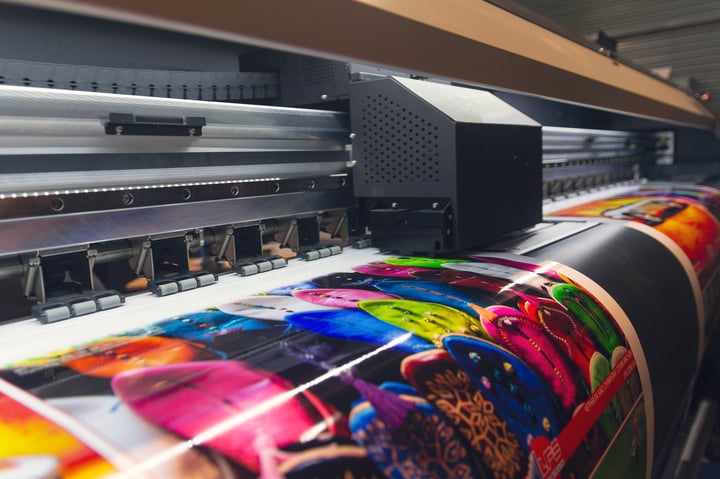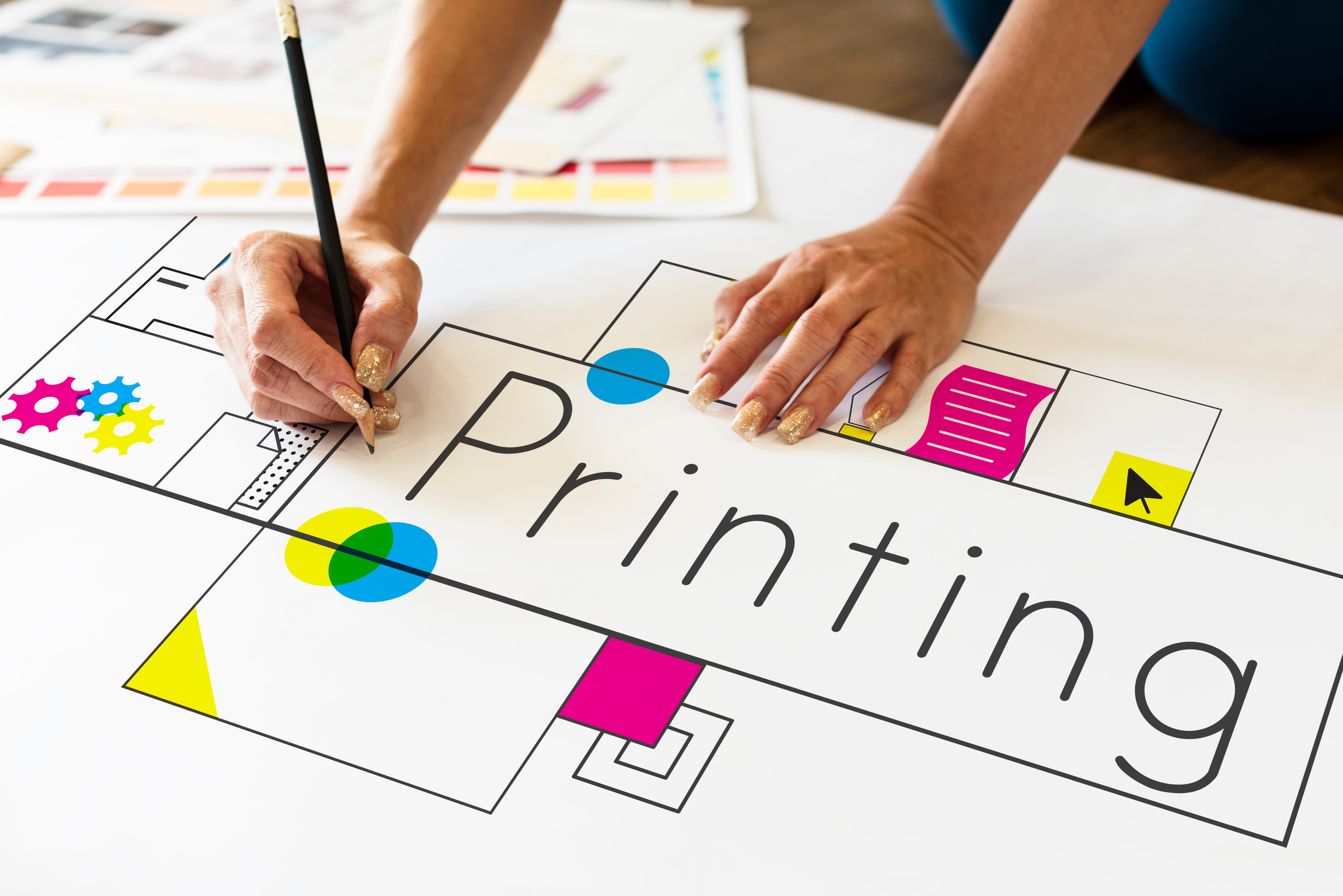What is the difference between lamination and encapsulation ?
27 February 2023

Have you ever wondered why printing businesses’ offer encapsulation instead of lamination? Carry on reading to find out the difference…
Lamination and encapsulation are two processes that are used to protect printed images, documents and objects. Lamination is when a thin plastic film is applied over the surface of the printed material to add a protective seal. Although lamination does offer a certain level of protection against spills and scratches, it does not offer a great deal of protection against UV rays or climate changes. Lamination also tends to distort the image or document, and can make it difficult to read.
Encapsulation, on the other hand, is a more reliable and robust process for protecting printed materials. In this process, the printed material is sealed between two sheets of clear plastic film, creating an airtight seal. Encapsulation does not distort the printed material and provides superior protection against spills and the damaging effects of UV rays and climate changes. Additionally, encapsulation makes it easy to read the protected documents and images and can be used to protect even fragile items such as textiles or photographs.
Overall, encapsulation is the superior method of protecting printed materials. It offers superior protection against UV rays, climate changes and moisture, while also allowing the printed material to remain clearly visible. Lamination, on the other hand, does not offer an adequate level of protection and can distort the printed material, making it difficult to read.
Ultimately, the choice between lamination and encapsulation will depend on the item that you are trying to protect, as each method offers different advantages and disadvantages. While lamination offers basic protection, encapsulation offers superior protection and will help ensure that your printed materials remain clear and easily readable.
Learn more about our services here.
Related Articles
5 reasons to get your plans printed online
As more people turn to the internet for their building needs, it has become easier and more convenient to get building plans printed online. By using an online printing...
How Online Printing Services Benefit Businesses
These days, communication and marketing heavily rely on virtual platforms. The importance of tangible printed materials should not be underestimated. Many companies and...





